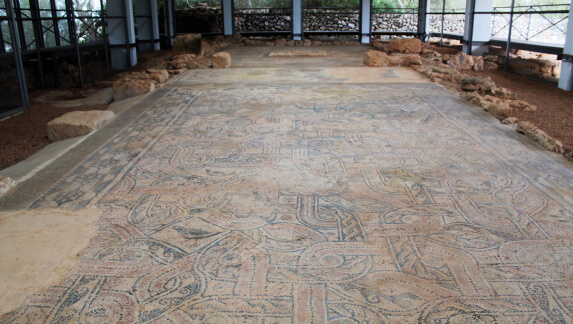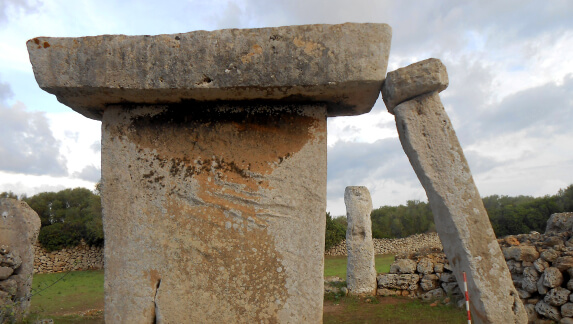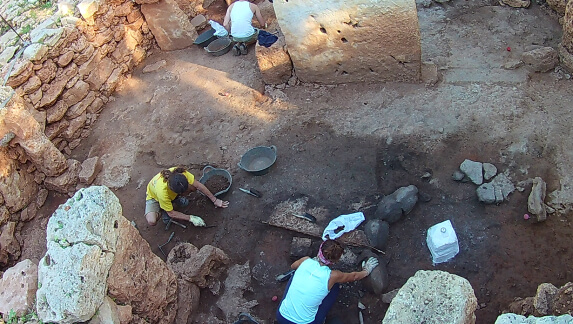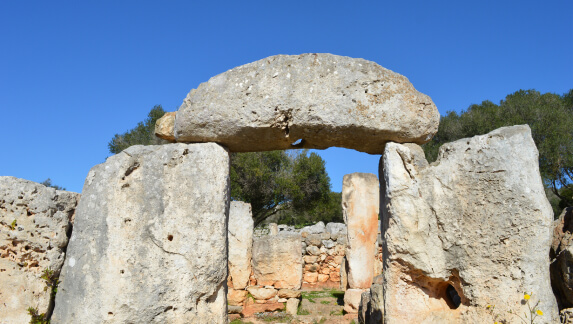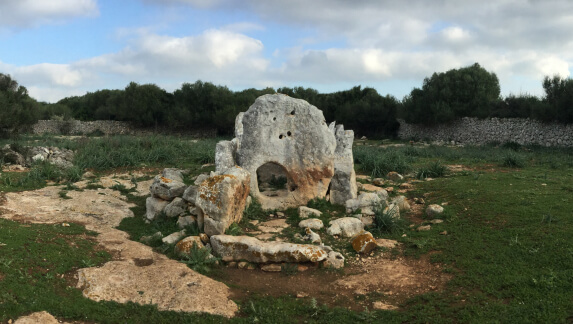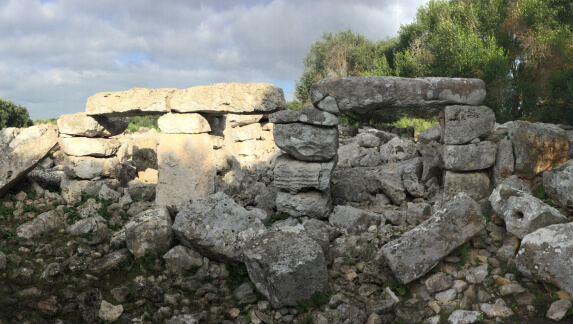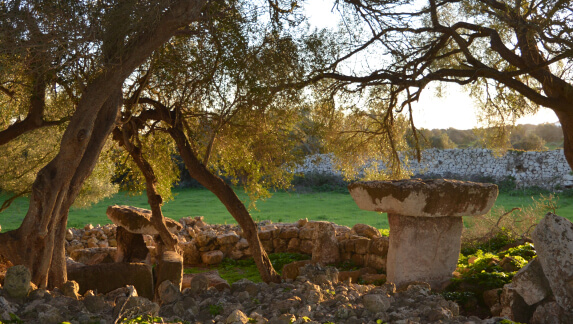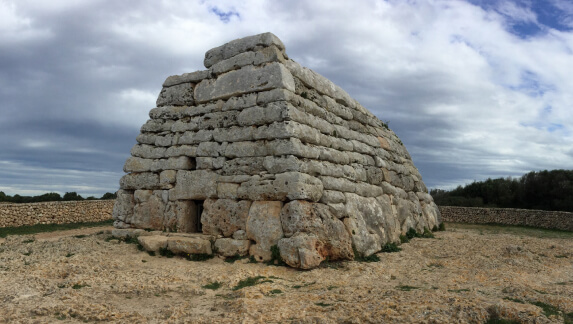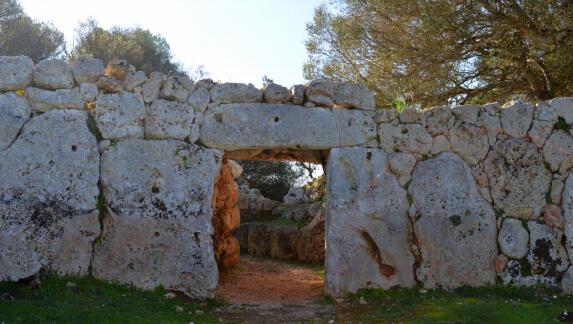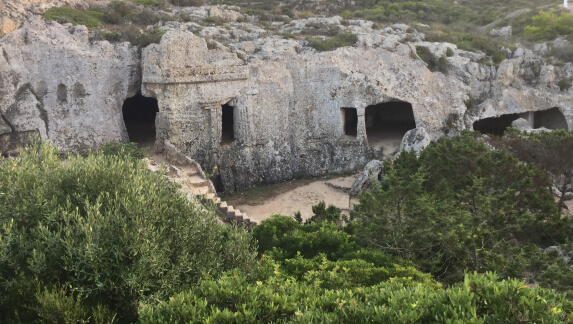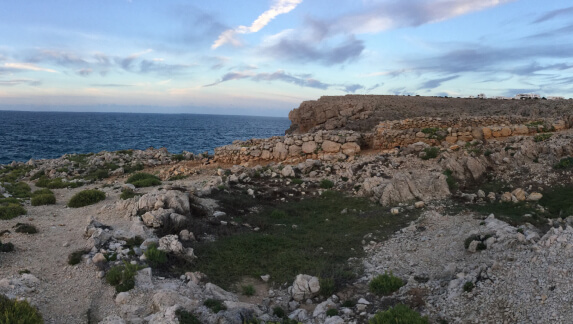Here we’ll tell you a bit about each one:
6. TORRE D’EN GALMÉS
7. SES ROQUES LLISES
8. NA COMERMA DE SA GARITA
1. TREPUCÓ
2. CORNIA NOU
3. TALAYOT Y BASÍLICA PALEOCRISTIANA DE TORELLÓ
4. TALATÍ DE DALT
5. SA CUDIA CREMADA
9. TORRELLAFUDA
10. SA NAVETA DES TUDONS
11. SON CATLAR
12. NECRÓPOLIS DE CALA MORELL
13. ES COLL DE CALA MORELL
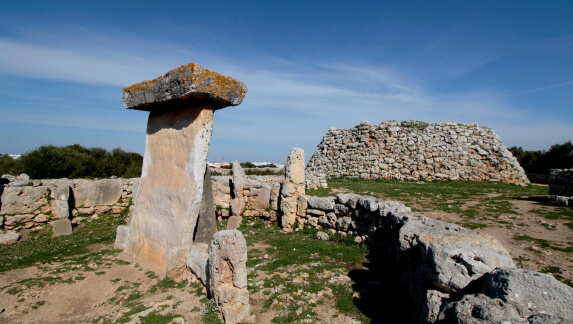
Reasons why you should not miss this visit to Trepucó:
Site description
Even though just few of the many structures that it had are still preserved, Trepucó is one of the most impressive talayotic settlements at the eastern part of the island, since it is one of the largest sites in Menorca.
Trepucó has one of the largest taula sanctuaries on the island, which lies close to a large talayot. These two elements, which were possibly at the settlement’s center, are surrounded by a star-shaped wall that was built by the French in the 18th century.
There is a small talayot outside this precinct, and this structure is abutted by the remains of a “Minorcan circle”, which is a type of dwelling built in Menorcan settlements during the Late Talayotic period.
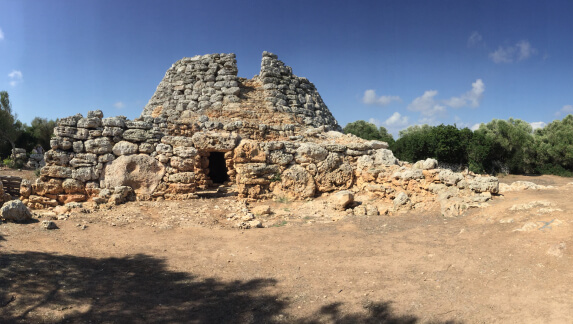
Site description
In Cornia Nou you will see one of the most spectacular talayot in Menorca; not only for its large dimensions (10 metres high and 26 meters in diameter), but also for its characteristics, which are known thanks to the on-going archaeological excavations that are conducted in this site, which started in 2007. In the so-called “South building”, which abuts the large talayot, foodstuffs were processed and distributed during the Talayotic period, whereas the small talayot sheds light on a different period, when a human community built an outer wall to protect the settlement…
